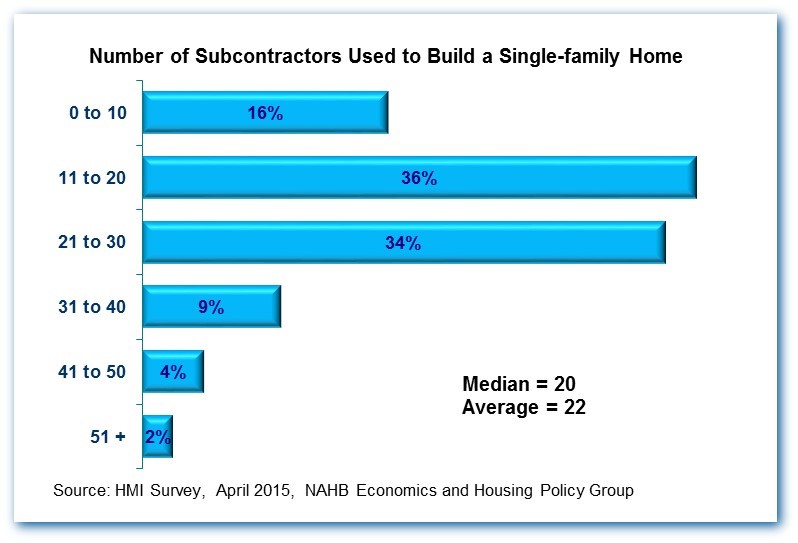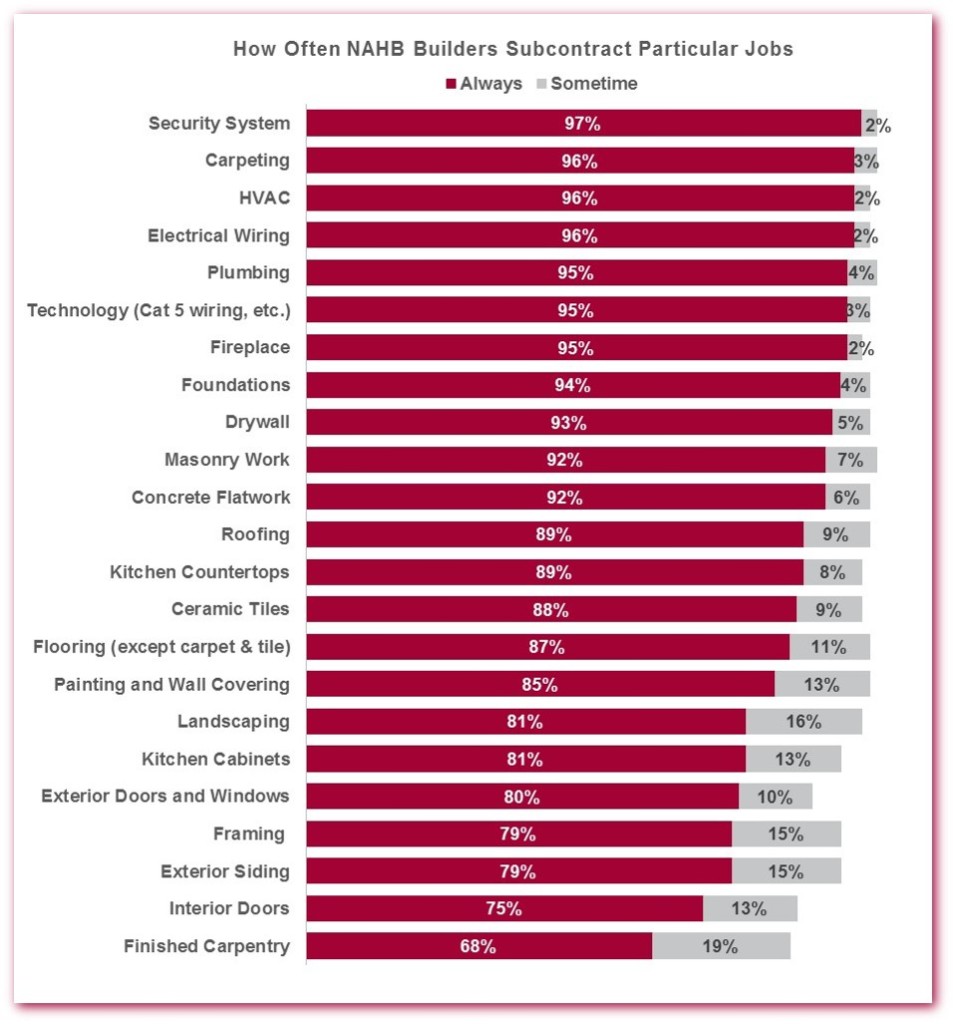The National Association of Home Builders’ housing market index increased for the second straight month by 1 point to 62 in September of 2015. It is the highest figure since October of 2005, boosted by an increase in buyer traffic and current sales while the gauge for sales over the next 6 months decreased. Nahb Housing Market Index in the United States averaged 48.63 from 1985 until 2015, reaching an all time high of 78 in December of 1998 and a record low of 8 in January of 2009. Nahb Housing Market Index in the United States is reported by the National Association of Home Builders.

| Actual | Previous | Highest | Lowest | Dates | Unit | Frequency | ||
|---|---|---|---|---|---|---|---|---|
| 62.00 | 61.00 | 78.00 | 8.00 | 1985 – 2015 | Monthly | SA |
| Calendar | GMT | Reference | Actual | Previous | Consensus | Forecast  | ||
|---|---|---|---|---|---|---|---|---|
| 2015-07-16 | 03:00 PM | Jul | 60 | 60(R) | 60 | 57.76 | ||
| 2015-08-17 | 03:00 PM | Aug | 61 | 60 | 61 | 59.26 | ||
| 2015-09-16 | 03:00 PM | Sep | 62 | 61 | 61 | 61.40 | ||
| 2015-10-16 | 03:00 PM | Oct | 62 | 61.69 | ||||
| 2015-11-18 | 03:00 PM | Nov | 62.17 | |||||
| 2015-12-15 | 03:00 PM | Dec | 62.06 | |||||
| United States Housing | Last | Previous | Highest | Lowest | Unit | |
|---|---|---|---|---|---|---|
| Housing Index | 0.20 | 0.50 | 1.42 | -1.72 | percent | [+] |
| Building Permits | 1130.00 | 1337.00 | 2419.00 | 513.00 | Thousand | [+] |
| Housing Starts | 1206.00 | 1204.00 | 2494.00 | 478.00 | Thousand | [+] |
| New Home Sales | 507.00 | 481.00 | 1389.00 | 270.00 | Thousand | [+] |
| Pending Home Sales | 7.40 | 8.20 | 30.00 | -24.50 | percent | [+] |
| Existing Home Sales | 5590.00 | 5480.00 | 7250.00 | 1370.00 | Thousand | [+] |
| Construction Spending | 0.70 | 0.10 | 5.90 | -4.80 | percent | [+] |
| Nahb Housing Market Index | 62.00 | 61.00 | 78.00 | 8.00 | [+] | |
| Mortgage Rate | 4.09 | 4.10 | 10.56 | 3.47 | percent | [+] |
| Mortgage Applications | -7.00 | -6.20 | 49.10 | -38.80 | percent | [+] |
| Case Shiller Home Price Index | 180.88 | 177.08 | 206.52 | 100.00 | Index Points | [+] |
| Home Ownership Rate | 63.40 | 63.70 | 69.20 | 62.90 | percent | [+] |
| Nahb Housing Market Index | Reference | Previous | Highest | Lowest | Unit | |
|---|---|---|---|---|---|---|
| United States | 62.00 | Sep/15 | 61.00 | 78.00 | 8.00 | [+] |
read more….
http://www.tradingeconomics.com/united-states/nahb-housing-market-index








